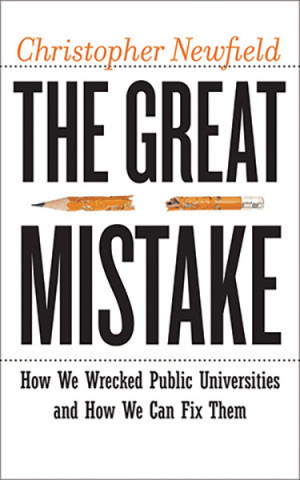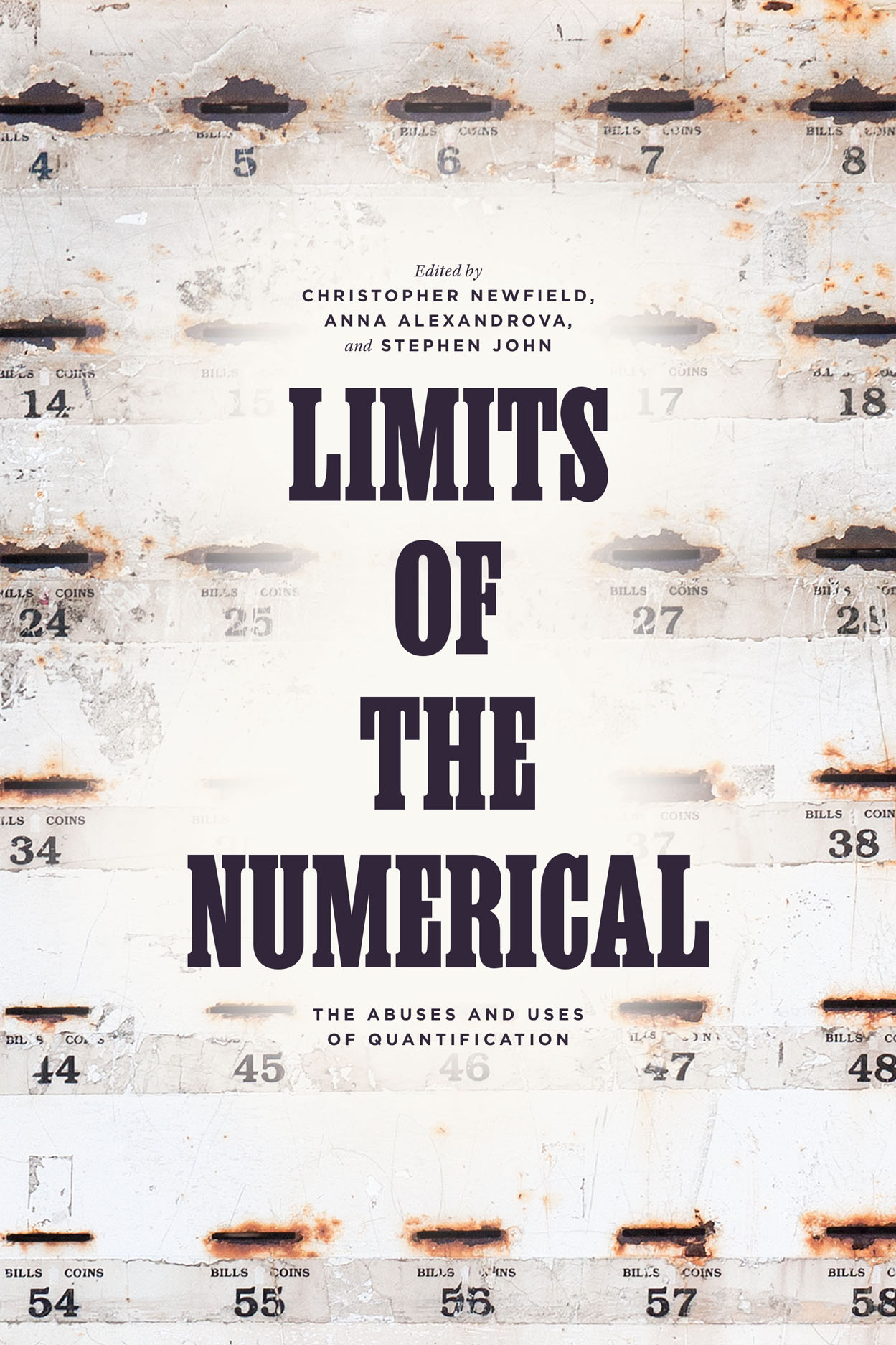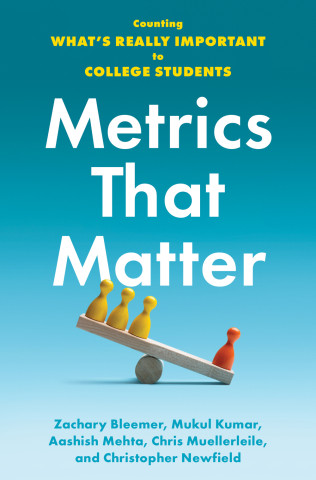 |
| Battery, New York on November 2, 2022 |
- More lawsuits. I was ecstatic about the May Day lawsuit against the National Endowment for the Humanities (NEH). It’s seeking to block the DOGE decimation of grants, workforce, and programs. Plaintiffs are the American Council of Learned Societies, the American Historical Association, and the Modern Language Association. (See Karin Wolf’s good backgrounder.) Suing will bring more people into the battle. People are inspired into action when they see that the people running the humanities’ national institutions are in the fight.
- Ongoing faculty and staff opposition. Special mention to the AAUP for jumping into the trenches and staying in there—they’ve been inspiring. Overall, there has been action on many fronts.
- Compiling cuts lists. Great work on the NEH grants cuts. And on NSF’s. Some University of California faculty have started a survey of PIs to gather information, in part because an unknown share of terminated or suspended grants are not reported to the campus’s research offices. Some faculty have tried to get information from their own administrations through Freedom of Information Act (FOIA) requests.
- Rallying administrations. There have been some great individual faculty senate statements calling for mutual defense and academic alliance (e.g. U Mass Amherst, Rutgers, Minnesota, University of California).
- Objecting to ICE’s abrogation of academic freedom. Combinations of lawyering and academic and grassroots support have obtained releases for Rumeysa Ozturk of Tufts and Mohsen Mahdawi of Columbia. This is ongoing work.
- Bridge funding. At Inside Higher Ed, Kathryn Palmer wrote a good piece about university research without federal funding—and its impossibility. She sampled the range of universities that are offering temporary backfill for wrongly terminated or delayed grants—Yale, Johns Hopkins, Northwestern, as well as the public Universities of Hawaii, Massachusetts, and Arizona. This is a stopgap that I’ll discuss below.
- Collective Statements by Institutions. The main one I know is “A Call for Constructive Engagement”organized by The American Association of Colleges and Universities (AAC&U) with support from AAAS, with a large number of presidents signing on. Are there others? Others that commit to oppositional modes of action?
- Other stuff??? I’m not coming up with anything.
The first responses to the NIH cuts came 100 days ago. The research funding story has moved from litigation against pernicious and illegal federal cuts to hunkering down for a long siege. Most of the lawsuits are awaiting first decisions. Trump’s people in the agencies seem to be ignoring them.
This is a period of enormous danger, as the slowly boiling frog gets used to the very hot water and accepts its fate. All this good work is not enough. And it needs national coordination. These many small groups are up against the federal government.
Administrators have not created the united front that faculty groups have called for. Harvard hasn’t gotten the public backing of the entire Ivy League, for example. Instead, we see individual universities—Dartmouth for example—looking more Trump-friendly to save themselves.
As they enter the next hundred days, universities face ten-dimensional fiscal risk.
1. Blanket reductions of indirect cost recovery funds at NIH, the Department of Energy, and now NSF(as of May 2nd). There’s a Temporary Restraining Order for the NIH cuts, but as I understand it, no funds have been restored.
2. Cancellation of existing grants (for various and mostly arbitrary and capricious reasons, starting with any mention of diversity and also including the study of climate change, attitudes towards vaccines, etc.; the Ted Cruz blueprint / hit list seems to be in use). NSF grant terminations are compiled here. Cancellation is coupled with opaque appeals processes of unknown likely outcomes.
3. Reduced awarding of grants (NSF awards are, by one calculation, down 50%).
4. Freezing of awarded grants. DOGE seems to be behind this. When they will be unfrozen is unclear—if ever.
5. Non-review of new applications. Reviews have stopped and started in opaque and unpredictable ways.
6. Non-allocation of funds for awarded and uncancelled grants. Executive impounding is happening across government, very much including research agencies.
7. New political conditions for eligibility for grant approval. The existence of DEI programs and boycotts of Israel are to be deal-breakers, but so might any student protest of the war in Gaza or perhaps something else.
8. Retaliatory bulk funding impounding at targeted universities. Columbia, Penn, Harvard, Princeton, Johns Hopkins, Cornell, and Northwestern were Trump’s starter list. Harvard’s total of $2.2 billion in frozen funds is more than three times the size of its federal research allocation ($639,953,000 in FY 2023), so the Trump Administration is impounding across the full range of federal fund sources. This includes:
9. Cuts to student-related federal funding. These are still unknown, but may include a disorderly exit from student financial aid. The Republican House is now involved in some confusing design projectsthat could cut revenues to universities and cut their underlying student enrollment. Student tuition as well as enrollment-based state funds (at public universities) help subsidize research (“institutional funds” are 25 cents on the research dollar, up from 10 cents in 1970), so both of these cuts mean domino effects for research.
10. Cuts to Medicaid and other programs that form a big part of university revenues, particularly through medical centers. Medical centers generate both high revenues, especially through clinical activity, and high costs. If the revenues are cut, universities’s subsidy bill could explode.
These are ten dimensions of fiscal risk. Bernie Sanders put out a Minority Staff Report on May 13th called “Trump’s War on Science” which shows the budgetary and personnel damage at NIH.
My list omits the enormous psychological distress, the incalculable wasted effort, the massive intellectual costs, the bonfire of the knowledges.
The list also omits the general sense that researchers are in limbo, whole fields are being decimated (like education statistics), and the research funding system is now “totally broken.”
This is to also to pass over the federal crushing of academic freedom through the government-dictated bans on a long list of research topics, terms, and approaches. I am still looking for a precedent in a Western democracy other than Nazi Germany. The Nazis may be the only one.
This is to say that a united university sector must fight hammer and tongs. And also to say that current energy level is way too low—including the energy of strategy discussions. These must go beyond stopgaps that tacitly accept the new status quo.
A leading stopgap is institutional bridge funding. At the University of Arizona, the program resulted from a faculty protest in March of its administraton’s inaction.
[F]aculty senators blasted UA administrators for not providing more updates and concrete plans on how to navigate the many executive orders and funding cuts from the Trump administration.
“The vice president for research is not doing anything, as far as we can tell,” Keith Maggert, a UA professor of molecular and cellular biology and a faculty senator, told [Senior Vice President for Research Tomás] Díaz de la Rubia in response to his report Monday to the senate on federal funding orders.
“I’m sorry to be so blunt. The (UA) president has not announced anything to help research. It’s down to the department, who is the least able to cover this,” Maggert said.
….
“We don’t know what’s going to happen,” said Díaz de la Rubia, who appeared to be taken aback by the blunt questions.
He said the administration is in “constant communication” with officials in Washington, D.C., and colleagues at the federal funding agencies, and repeated his advice that UA faculty and researchers keep in touch with their program managers because they are the ones with the most information.
In response, Maggert said program officers weren’t returning emails or communicating with researchers so Díaz de la Rubia’s advice didn’t get them anywhere.
“If I don’t get bridge funding, I will have to shut my lab in about two or three months,” Maggert said.
“I have graduate students that can’t be paid. I have organisms that need to be fed. I haven’t heard anything about any of these ideas or bridges that you’re talking about. So, it may be occurring in your office, but it’s not [trickling] out to the people who (have) research programs, the students that rely on them, and the staff that helps support them,” he continued.
“And so, what specifics can you give us other than broad statements that have yet to turn into action? How can the University of Arizona support the research infrastructure that it has created, that we have invested in, that our lives and careers depend on?”
The Arizona Daily Star reported that meeting on March 4th. It reported a new bridge program on March 7th. The open protests worked.
I’m happy for Prof. Maggart and his colleagues, and pleased that he was rewarded rather than punished for speaking out.
However, I see three problems to bear in mind.
One I’ve mentioned: patches normalize the status quo. They say, “universities can work with this. We have institutional funds that we can use to keep a lower but perhaps adequate level of research going.”
The second is that this “perhaps adequate level” is actually a bad level. For example, the Mellon Foundation has offered $15 million to replace cut NEH state humanities councils. This is good. But those programs had been budgeted at $65 million. If only 1/5th or 1/4th of current funding is replaced, universities will lose the majority of their research activity. They cannot accept this.
The third is possible internal cuts to the research not covered by bridge funding.
The University of Arizona is a case in point. It spends $955 million (FY 2023) on research from all sources, of which about half, or $434.7 million, comes from the federal government (NSF Higher Education Research and Development [HERD] survey, “Data” tab, Table 22, Row 42). To support that research, the University of Arizona spends $304.7 million of its institutional funds. This means that nearly 1/3rd of the U of A’s research funding comes from its own pockets.
The “bridge funding” package is a promise to increase the University’s institutional expenditures. (Details are not available to the general public.) Where is that additional institutional money going to come from?
Since (almost) every single public university income stream is under pressure or just plain inadequate or both, the most logical source of Prof. Maggart & Colleagues’ bridge funding is the $304.7 million the university already spends on research.
The most likely method is a zero-sum reallocation from some fields to biology and related fields with laboratory commitments and crunches. Non-Science & Engineering fields, with fewer facilities and personnel commitments, are likely sources.
Arizona spends $27.3 million of its institutional funds on all non-S&E fields, or 9% of the total (still using the most recent data from FY 2023, Table 28, Row 23). It spends a total of $4.5 million on the humanities, (Table 58, Row 72), somewhat more on both visual arts and Education, and so on.
Extramural funds (when not nullified by Trump) cannot be diverted by a university administration, but institutional funds are the university’s own money and can be. At Arizona’s institutional funds rate, it is putting around $9 million of its own funds into non-S&E fields. It would be tempting to raid this money for the benefit of biology and chemistry labs that can’t cover their payroll or keep their organisms alive.
No one would really want to do this. But there aren’t obvious alternative funding sources, and no transparency about fund flows in the American university even in normal times.
Bridge funds in one field thus can mean cut funds in another. They are not a good short-term solution, and they won’t work at all medium-term.
If the main current funding idea is limited like this one, university officials need to come up with much better ideas, and fast.
I think all better ideas are going to require a collaborative front among numbers of universities rather than these individual deals. Otherwise universities will be doing much of Trump’s work for him.





3 comments:
re: you ask about other group letters that have emerged, as a parallel to the AACU one: https://pen.org/letter-to-the-community/
Thanks for the coverage, Chris. Your worries about Bridge Funding are shared by us, too. We know this is zero-sum. Bridge funding has to be paid back if our funds come through: they're a small fix if the funding is not forthcoming (though, if they are not, we've all got bigger problems), and a bridge if the funds are (as intended).
This is helpful, so thank you! Just a small fyi: You refer to "enrollment based state funds." There are 32 US states that have switched their model to "performance based state funding" compounding the crisis that you have described so well in this blog.
Join the Conversation
Note: Firefox is occasionally incompatible with our comments section. We apologize for the inconvenience.